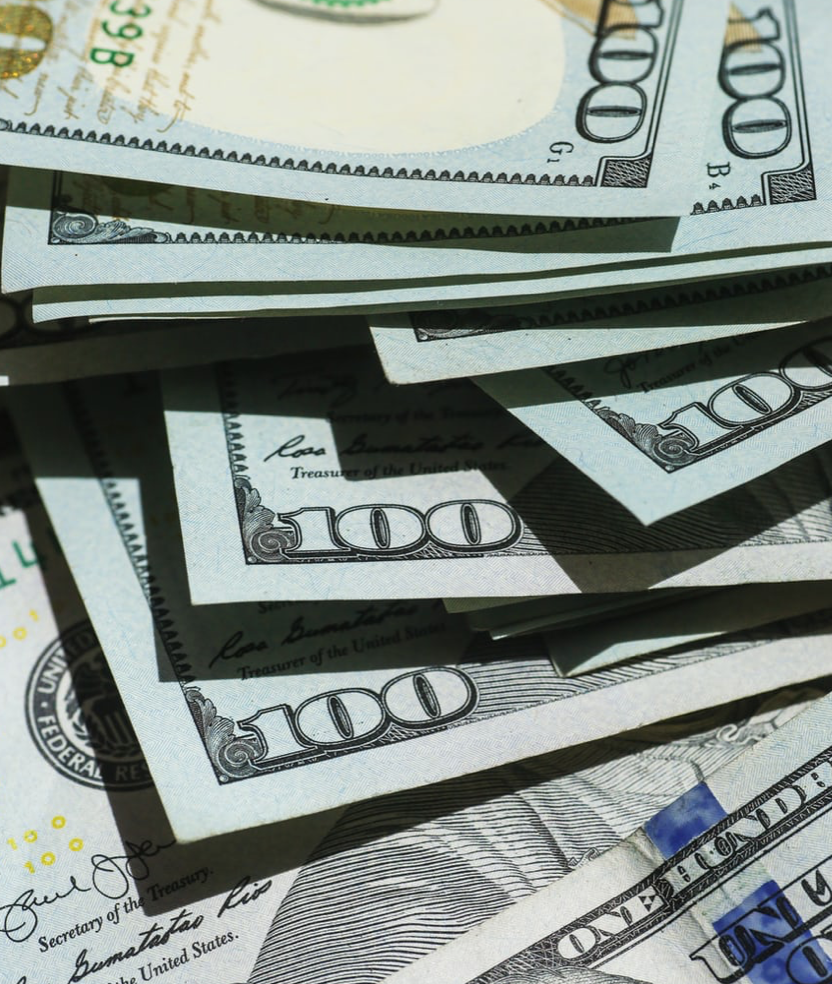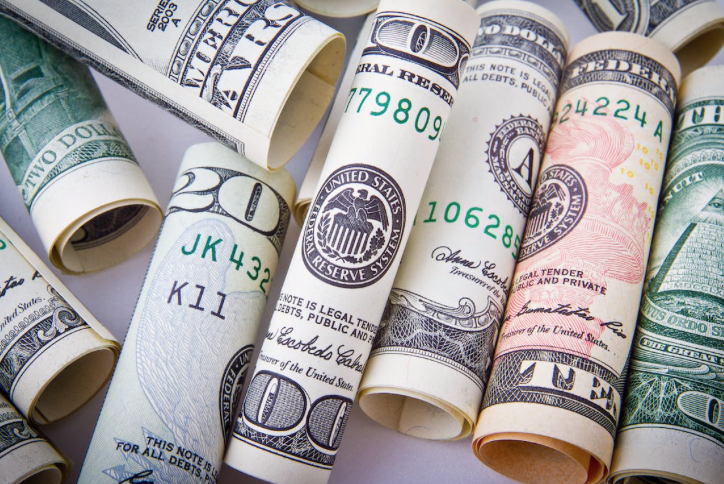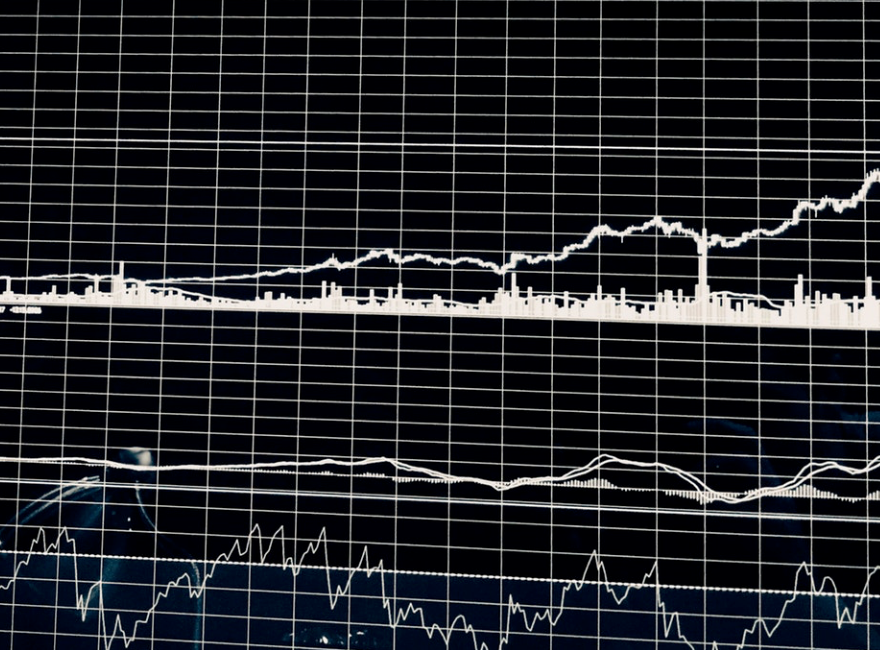by Fred Fuld III
Cash per share is a financial metric used in stock fundamental analysis to assess a company’s financial health and its ability to meet its short-term obligations. It represents the amount of cash a company has on hand per outstanding share of its common stock. This metric is calculated by dividing the total cash and cash equivalents a company holds by the number of outstanding common shares.
Cash per share is important in fundamental analysis for several reasons:
- Liquidity Assessment: It provides insights into a company’s liquidity, indicating how much cash is readily available to cover its immediate financial needs. Higher cash per share suggests better liquidity and a lower risk of financial distress.
- Risk Mitigation: Companies with a significant cash reserve per share are better positioned to weather economic downturns, financial crises, or unexpected expenses without resorting to debt or diluting shareholder equity.
- Investor Confidence: A high cash per share ratio can enhance investor confidence, as it signals that the company has the financial flexibility to invest in growth opportunities, pay dividends, or repurchase shares.
- Acquisition Potential: Companies with substantial cash per share are often viewed as attractive targets for mergers and acquisitions, as their cash reserves can be used to fund such activities.
- Capital Allocation: It can assist investors in evaluating a company’s capital allocation strategy. If a company is accumulating cash but not deploying it effectively, it may indicate that management lacks a clear plan for growth or shareholder value creation.
- Comparison: Cash per share can be used to compare a company’s financial strength with that of its peers in the same industry or sector. It helps investors identify companies with relatively stronger cash positions.
It’s important to note that while a high cash per share ratio can be a positive sign, excessively hoarding cash without deploying it effectively can be detrimental to shareholder returns. Investors typically consider cash per share in conjunction with other financial metrics and factors, such as earnings, debt levels, and the company’s overall business strategy, to make informed investment decisions.
In summary, cash per share is a fundamental metric that provides insights into a company’s financial strength, liquidity, and ability to weather economic challenges. It plays a crucial role in evaluating a company’s financial health and investment potential.
To give a specific example, if a company goes out of business today, and it’s stock is debt free and selling for less than the cash per share, even if all its real estate, machinery, inventory, and everything else is worthless, the shareholder would be guaranteed to make money.
You may wonder if you can still buy stocks selling below cash. Here is one example.
Origin Materials (ORGN), with a market cap of $202.4 million, is trading at 93% of the cash per share.
Origin Materials, Inc., founded in 2008 and headquartered in West Sacramento, California, is a company dedicated to the development and commercialization of sustainable materials and chemicals.
Their primary focus revolves around producing carbon-negative materials and chemicals using renewable feedstocks sourced from non-food biomass, such as wood and agricultural residues.
By leveraging innovative technologies, Origin Materials aims to create products with a net-negative carbon footprint, meaning they remove more carbon from the atmosphere than is emitted during their production. The company collaborates with various partners, including major consumer brands and chemical companies, to incorporate their sustainable materials into a wide array of products.
Origin Materials’ mission centers on environmental sustainability, offering eco-friendly alternatives to conventional materials and contributing to the reduction of industries’ environmental impact.
The stock has a reasonable price to earnings ratio of 7.69, and is selling at 53% of book value.
If you are looking for a stock with a larger market cap, and if you think the market for commercial real estate has bottomed out, Equity Commonwealth (EQC) is a real estate investment trust with a market cap of $2.07 billion. The stock is selling at 96% of its cash per share.
This REIT invests in commercial office properties and is based in Chicago.
The company is debt free, trades at 33.4 times earnings, and is trading at 92% of book value.
If you are looking for very high risk, ClearOne (CLRO) is a penny stock with a market cap of $19.57 million.
ClearOne, Inc. is a communication solutions company headquartered in Salt Lake City, Utah, USA, with a history dating back to its founding in 1983. Specializing in audio and visual collaboration technologies, ClearOne has established itself as a prominent player in the industry.
The company’s core focus revolves around providing cutting-edge solutions designed to enhance communication and collaboration in diverse professional settings.
ClearOne offers a comprehensive suite of products and services tailored for improving communication quality, whether in corporate conference rooms, educational institutions, huddle spaces, or remote work environments. This includes audio conferencing solutions, video conferencing systems, collaboration software, professional audio-visual integration capabilities, and unified communications integration.
ClearOne has earned recognition for its patented technologies in echo cancellation, noise reduction, and audio processing, all contributing to the enhancement of audio quality.
Their mission is to simplify and elevate communication experiences for businesses, educational institutions, and government organizations, fostering productivity and seamless interaction.
The company has no long term debt, a very low P/E ratio less than 2, a decent price sales ratio of 0.98, and sells for 45% of book value.
Please note that while a low price-to-cash ratio may indicate good value, it should not be the sole factor considered in investment decisions. Conducting thorough research and due diligence, evaluating the company’s fundamentals, assessing its competitive position, and considering other financial metrics are essential to make solid investment choices.
Disclosure: Author didn’t own any of the above at the time the article was written. These stocks are very low cap and should be considered extremely speculative.




